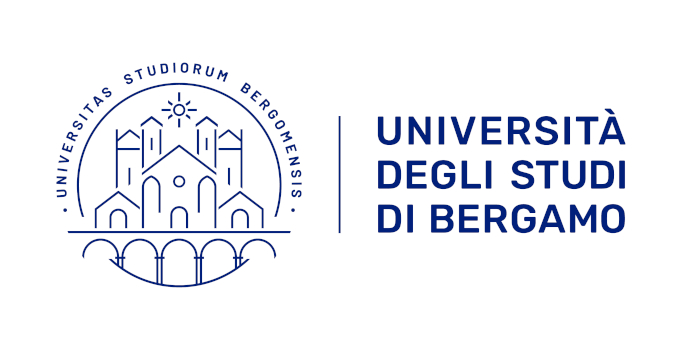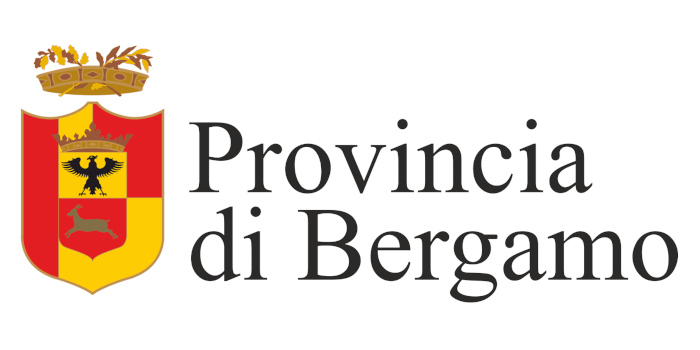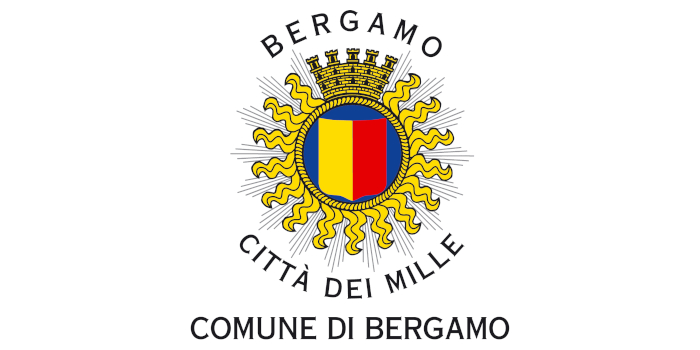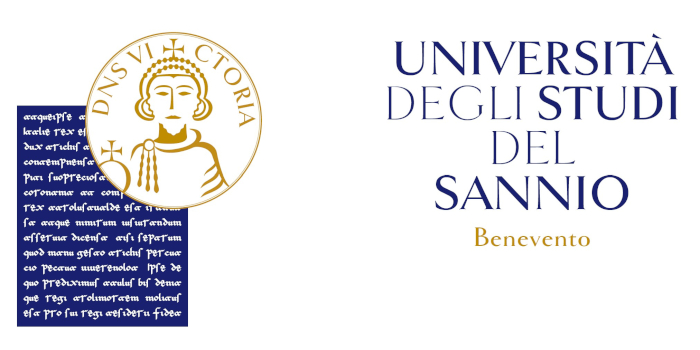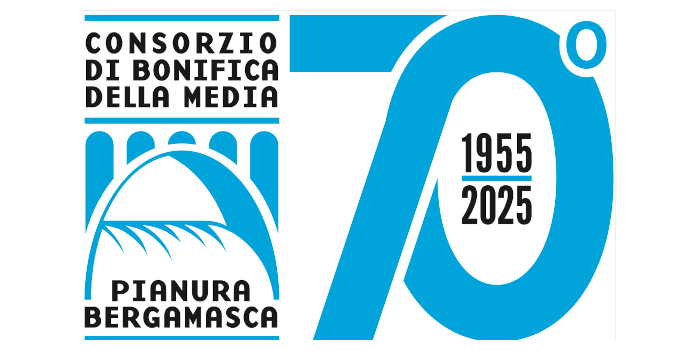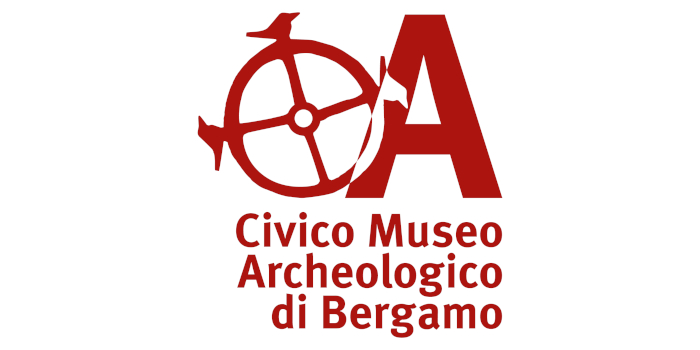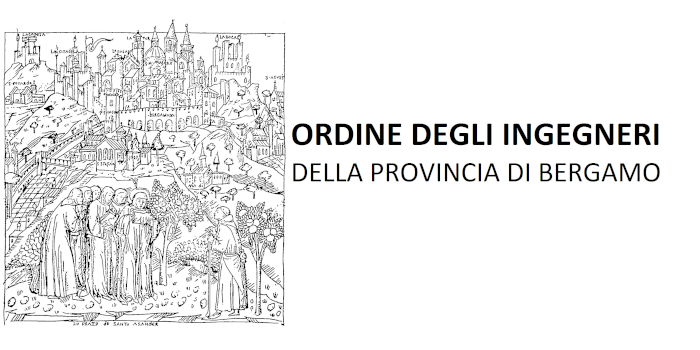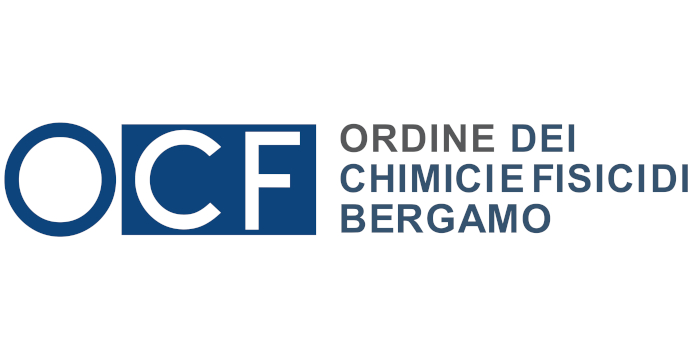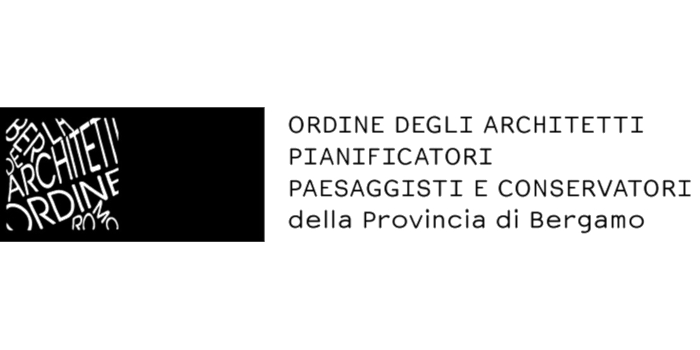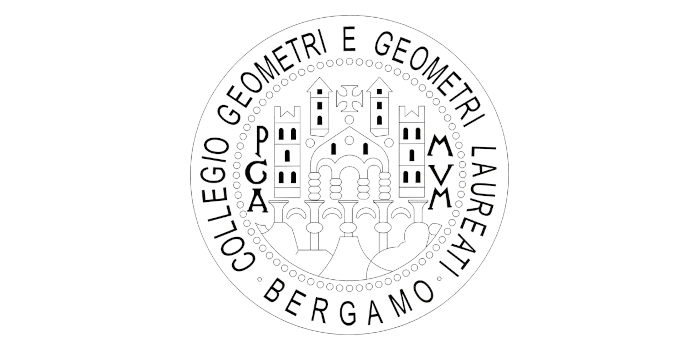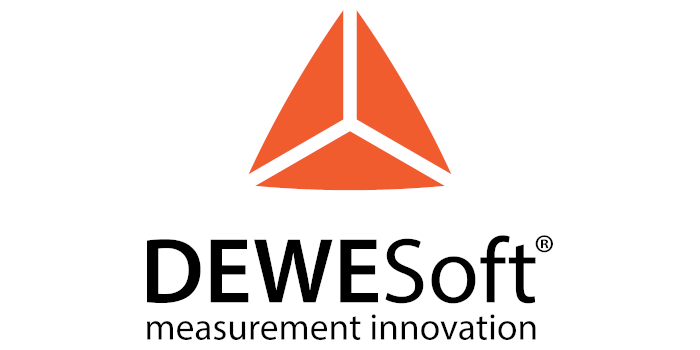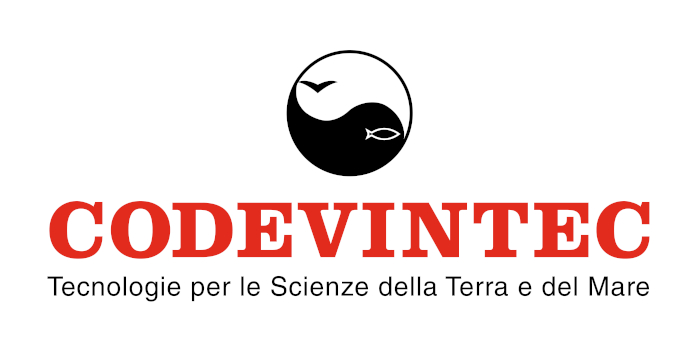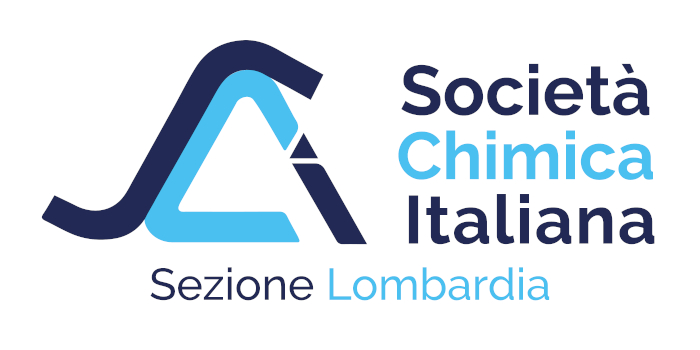SPECIAL SESSION #15
Virtual environments and Cultural Heritage: tools, new technologies, and future perspectives.
ORGANIZED BY
Francesco Colace
Department of Industrial Engineering, University of Salerno, Italy
Angelo Lorusso
Department of Industrial Engineering, University of Salerno, Italy
Michele Pellegrino
Department of Industrial Engineering, University of Salerno, Italy
Domenico Santaniello
Department of Cultural Heritage Sciences, University of Salerno, Italy
ABSTRACT
Extended Reality (XR) technologies are transforming the enjoyment and preservation of Cultural Heritage through immersive interactive environments that exceed traditional spatial and temporal boundaries. These technologies enhance the real dimension through virtual environments, which improve the museum narrative, creating immersive and multisensory experiences. In this way, the relationship between the user and the exhibits is changed, becoming more dynamic, engaging, and interactive. Among the new developments, the Metaverse is one of the digital environments where three-dimensional avatars allow a new kind of virtual interaction and communication. Integrating virtual environments for Cultural Heritage scenarios introduces innovative strategies for engaging users in an immersive and interactive experience through digital storytelling and gamification techniques.
This special session aims to explore the capabilities and critical issues of virtual environments in Cultural Heritage, analyzing the impact of emerging technologies on interaction, learning, and preservation practices. Adopting a multidisciplinary perspective that bridges the humanities and Information and Communication Technologies (ICTs), the session will address key topics such as 3D modeling, AR/VR technologies, gamification, and digital storytelling, identifying the most effective, state-of-the-art methodologies for developing immersive, accessible, and sustainable Cultural Heritage experiences.
ABOUT THE ORGANIZERS
Francesco Colace Ph.D., is full professor of Computer Science at the University of Salerno (Department of Industrial Engineering). He has research experience in Computer Science, Data Mining, Knowledge Management, Computer Networks, Context-Aware, and e-Learning. He is the author of more than 150 papers in the field of Computer Science, of each more than 50 were published in international journals with high impact factor. He worked as a Guest Editor for many journals and is a reviewer for various international scientific journals and conferences. He is a member of the Scientific Committee of the Archaeological Park of Pompeii. He is the director of the Center for Cultural Heritage ICT (www.centroict.unisa.it) and is the coordinator of the Knowman Research Group (www.knowman.unisa.it).
Angelo Lorusso Ph.D., is a Research Fellow at the Department of Industrial Engineering, University of Salerno, where he also obtained his Ph.D. in Industrial Engineering. His research interests include the Internet of Things, BIM, HBIM, and Digital Twins. He is the author of more than 30 papers in Computer Science, some of which were published in international journals. He is a member of the Knowman Research Group (knowman.unisa.it) and collaborates with the research group on several research projects.
Michele Pellegrino Ph.D., is currently a research fellow at the Department of Industrial Engineering at University of Salerno, where obtained his PhD in "Methods and Methodologies of Archaeological and Art-Historical Research". His scientific work focuses on the study of ancient landscape dynamics, particularly in the central-northern Puglia and Irpinia areas between Prehistory and Protohistory. His main research interests include the analysis of ancient landscapes through territorial data management and the study of material culture, as well as the methodological application of remote sensing techniques and emerging technologies in the digitization of Cultural Heritage.
Domenico Santaniello Ph.D., is an Assistant Professor of Computer Science at the Department of Cultural Heritage Sciences (DiSPaC), University of Salerno, where he also completed his Ph.D. in Industrial Engineering. His multidisciplinary research encompasses Knowledge Management, Situation Awareness, Context Awareness, Recommender Systems, Machine Learning, the Internet of Things, Digital Twins, Natural Language Processing, and Education. He has authored over 60 papers in the field of Computer Science. He is a member of the Knowman Research Group (knowman.unisa.it), a reviewer of numerous leading scientific journals and conferences, and participates in various research projects funded by the Italian Ministry of Universities and the European Community.





.jpg)
